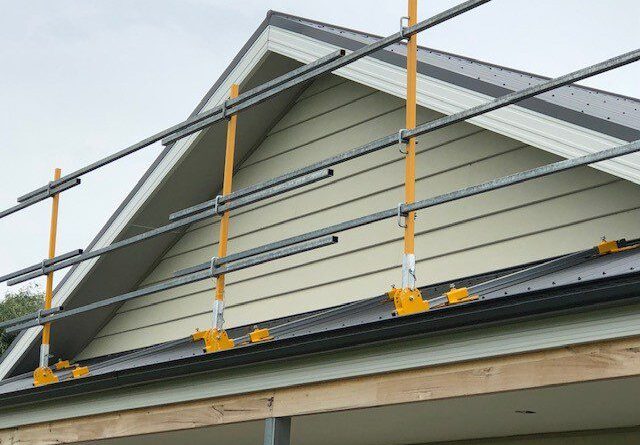Who Is Liable To Install Roof Edge Protection In Australia?
In the realm of construction and workplace safety, one crucial aspect that cannot be overlooked is roof edge protection. The significance of safeguarding individuals from potential falls off rooftops is paramount, and it is a shared responsibility among various parties involved in construction projects across Australia. This article will delve into the liability surrounding the installation of roof edge protection and shed light on who bears the responsibility under Australian law.
Building Owners And Occupiers
The primary liability for installing roof edge protection often rests with building owners and occupiers. Whether it’s a commercial or residential property, the responsibility to ensure the safety of the roof’s edge falls upon those who have ownership or control over the building. This obligation is outlined in Australian building regulations and is a fundamental duty of care to protect workers, residents, and visitors from potential fall hazards.
Employers And Principal Contractors
Principal contractors and employers are crucial in guaranteeing that roof edge protection is implemented. Australian workplace health and safety legislation holds businesses accountable for their workers’ safety. Employers and principal contractors are required to put in place suitable safety measures, such as roof edge protection systems, whenever a building project includes working at heights close to roof edges to reduce the danger of falls.
Safety Regulations And Australian Standards
It is crucial to adhere to Australian safety legislation and standards when assessing who is liable for roof edge protection. The criteria for fixed platforms, walkways, stairways, and ladders, including roof edge protection systems, are outlined in Australian Standard AS 1657. If these guidelines are not followed, there may be legal repercussions and liability concerns for the project managers.
Designers And Engineers
When it comes to assessing whether or not roof edge protection is required, the architects, engineers, and designers all play a crucial role. Their designs and plans need to include safety precautions that take into account roof edge protection. If a crucial aspect of safety is neglected in a design or only partially addressed, the professionals responsible for the design could be held liable.
Subcontractors And Workers
While primary responsibility typically lies with building owners, employers, and principal contractors, subcontractors and individual workers also have a role to play in ensuring roof edge protection is installed and maintained. They must follow safety procedures, use appropriate personal protective equipment, and report any deficiencies or hazards they encounter on the worksite.
Maintenance And Inspections
The process doesn’t end with the installation of roof edge protection. Its continued efficacy depends on routine inspections and maintenance. Building owners, employers, and principal contractors are required to set up maintenance plans and carry out inspections to find and fix any problems as soon as possible. Failing to fulfil this obligation may put you in legal hot water if mishaps arise from improperly maintained safety measures.
Shared Responsibility And Collaboration
In the end, responsibility for constructing roof edge protection does not fall only on the shoulders of a single entity. It is a collaborative effort that requires cooperation from the building owners, employers, designers, and subcontractors, as well as the workers. There must be clear lines of communication and collaborative effort among all parties involved to guarantee that appropriate precautions are taken and that they are kept up to date.
Conclusion
Liability for roof edge protectors in Australia involves several parties. To protect people from falling off roofs, building owners, employers of workers, principal contractors, designers, and subcontractors all have roles to play. Australian safety standards are mandatory and compliance is not negotiable. Effective communication and collaboration is key. This group of stakeholders can work together to reduce the risk of accidents by recognizing and embracing their responsibilities.

